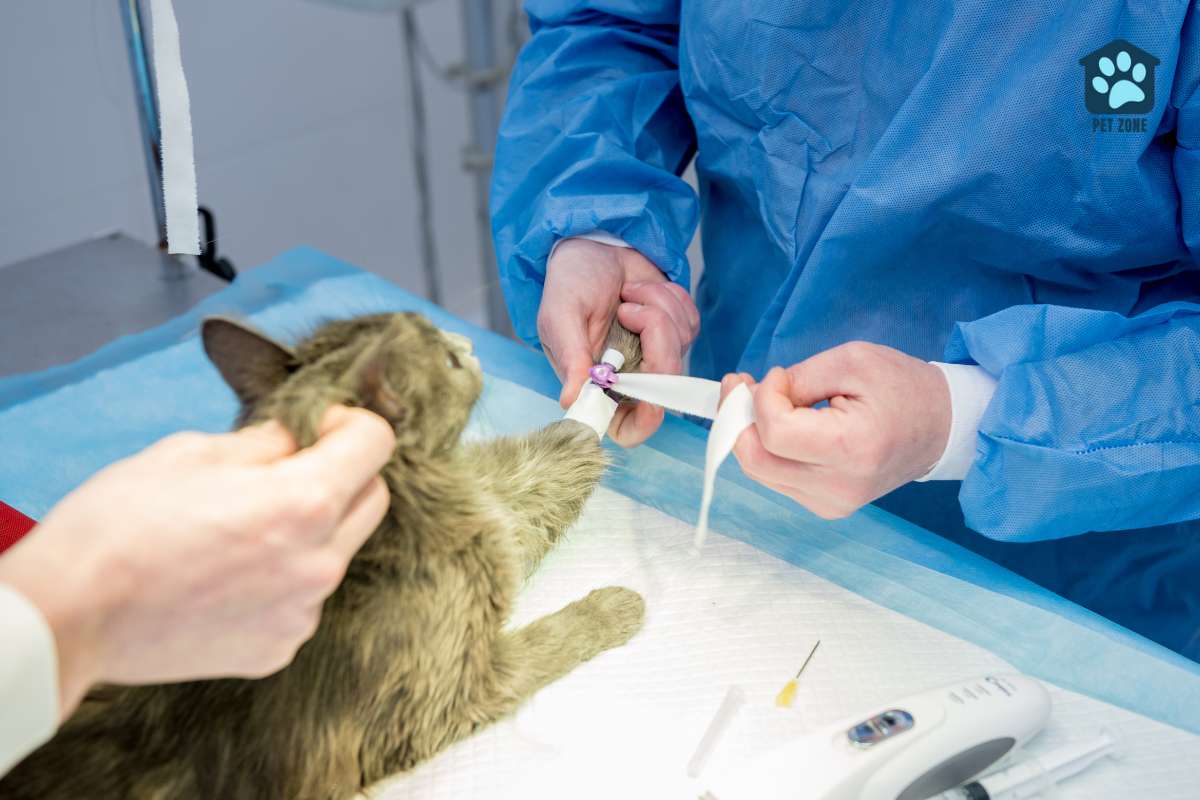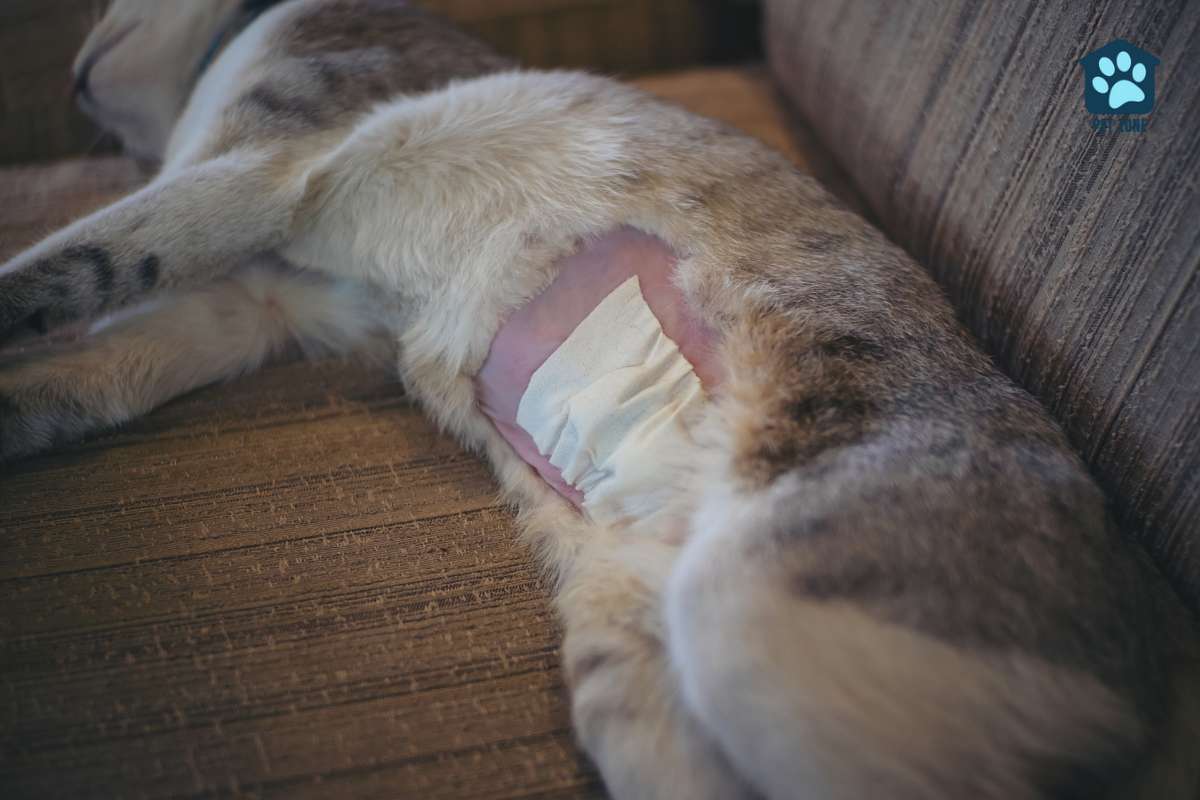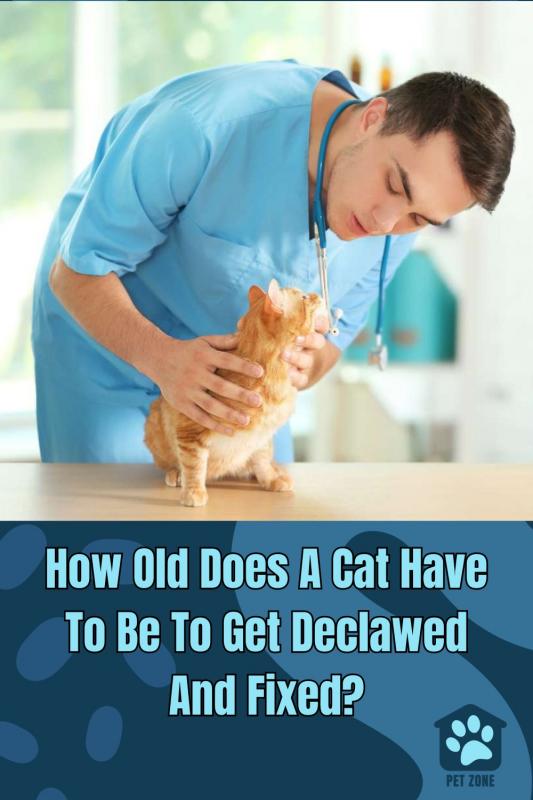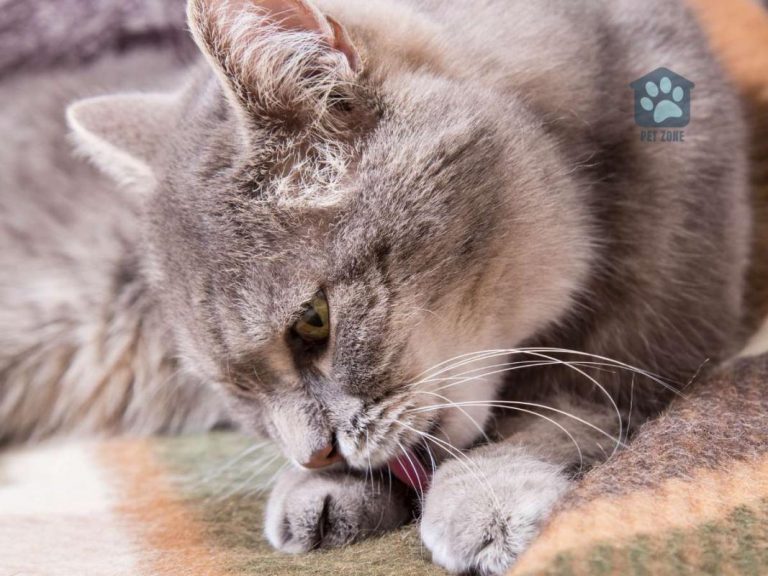Estimated reading time: 7 minutes
Taking care of a feline friend involves many decisions, one of which is deciding when to get them declawed and fixed. This article provides essential insights about the right age for these procedures as well as alternatives to consider before making this critical decision. Stick around – your cat’s comfort depends on it!
Key Takeaways
- Declawing is controversial and has ethical concerns. It’s important to consider alternatives like trimming nails, using nail caps, providing scratching posts, training the cat, or using sprays to deter scratching.
- Spaying or neutering a cat is typically done between 2 and 5 months of age.
- Spaying or neutering has many benefits, such as preventing reproductive cancers and reducing aggressive behaviors like marking territory. Proper recovery and aftercare are crucial for a smooth healing process.
Considering Declawing? Think Twice and Consider the Alternatives!
Declawing cats is a controversial topic, with ethical concerns surrounding the procedure; it is important to explore alternatives before making this decision.
Reasons for declawing
Many cat owners think about declawing to keep their things safe. Cats scratch and this can damage furniture, rugs, and other items in the home. Some people believe declawing stops this problem–but it also causes a lot of pain for the cat. It is like cutting off a person’s finger at the last joint!
There are other ways to prevent cats from scratching that do not hurt them.
The ethical debate around declawing
Many people think it’s not right to declaw a cat. It is seen as hurtful and unfair. Some say declawing may cause pain, infection, tissue death and lameness in cats. In fact, only a medical reason should call for it, says International Cat Care.
Also, some experts believe declawed cats more often turn into biters. The ASPCA strongly stands against the act of declawing cats and refuses to do this surgery themselves. Even the American Veterinary Medical Association thinks we should look at other options before going for this elective procedure.
So think twice before you plan on having your vet perform a declaw procedure.
Alternatives to declawing
Taking your cat’s claws out is a big step. Here are some easy ways to help your cat without removing her claws:
- Trim the nails: Get special clippers for this job. Your vet can show you how to do it.
- Use nail caps: These are small plastic caps that go on each claw. They stop the sharp part from showing.
- Offer more places to scratch: Cats love towers, boxes, and toys to dig their nails into.
- Train your cat: Teach them what they can and cannot scratch.
- Try a spray: Ask a vet about sprays that make cats stay away from things.
- Turn to surgery last: Think about a surgery called tendonectomy if nothing else works. The vet cuts parts under the toes so the cat cannot put out its claws.
- Get help from a trainer or vet: If all else fails, ask an expert for ideas.
Seek guidance from a trusted veterinarian
To make the best decision for your cat, it’s important to seek guidance from a trusted veterinarian. They can provide expert advice on the potential risks and benefits of declawing, as well as alternatives that may be less harmful.
Veterinarians play a crucial role in educating pet owners about the potential harm and long-term effects of declawing. By consulting with a vet, you can ensure that you have all the information you need to make an informed choice about your cat’s health and well-being.

At What Age Can a Cat Be Spayed/Neutered?
Cats can typically be spayed or neutered as early as 8 weeks old, but it is generally recommended to wait until they are at least 2 months old or weigh around 2 pounds. Spaying or neutering your cat at a young age has numerous benefits and helps prevent unwanted behaviors.
The ideal age for spaying/neutering
The ideal age to spay or neuter a cat is approximately five months. Some animal shelters spay and neuter kittens as soon as they reach 8 weeks of age. Early-age spay/neuter procedures for kittens have become more common. Spaying and neutering at an appropriate age has many benefits, including preventing certain health issues and reducing unwanted behaviors like spraying and marking territory.
Benefits of spaying/neutering
Spaying or neutering your cat has many benefits:
- Helps prevent certain reproductive cancers in females, such as breast cancer.
- Reduces the risk of uterine infections (pyometra) in females.
- Decreases the likelihood of your cat roaming and getting into fights with other animals.
- Helps reduce aggressive behavior, including marking territory with urine.
- Can decrease spraying and excessive vocalization.
- May lead to a longer lifespan for your cat.
- Helps control the population of stray and feral cats.
Recovery and Side Effects from Spaying/Neutering
After the spaying or neutering surgery, cats require proper aftercare to ensure a smooth recovery. This includes limiting physical activity, monitoring their incision site for any signs of infection, and providing pain medication as prescribed by the veterinarian.
Timeline for recovery
After spaying or neutering a cat, there is a timeline for recovery that pet owners should be aware of. Here are some important points to keep in mind:
- The recovery period typically lasts around 7 – 10 days.
- During the first 24 hours after surgery, it is important to closely monitor your cat’s behavior and make sure they are comfortable.
- Your cat may experience grogginess and lack of appetite immediately after the surgery, which is normal.
- It is essential to strictly follow any post-operative instructions provided by your veterinarian.
- Keep the surgical site clean and dry to prevent infection.
- Limit physical activity during the recovery period to allow the incision site to heal properly.
- Avoid letting your cat jump or climb on furniture, as this can put stress on their stitches.
- Make sure your cat has a quiet and comfortable space where they can rest undisturbed.
- Contact your veterinarian immediately if you notice any signs of infection, prolonged bleeding, or if your cat’s behavior seems unusual.
Proper aftercare
Here are some important tips for taking care of your cat after the spay or neuter surgery:
- Provide a quiet and comfortable space for your cat to rest and recover.
- Limit your cat’s physical activity for 10 – 14 days to avoid any complications.
- Keep an eye on the incision site and look out for any signs of infection, such as redness, swelling, or discharge.
- Prevent your cat from licking or scratching the incision by using an Elizabethan collar or a soft cone.
- Make sure to give your cat any prescribed pain medication as directed by your veterinarian.
- Keep the litter box clean to prevent any infections or irritations.
- Offer small, frequent meals to encourage eating until your cat’s appetite returns to normal.
- Follow any specific instructions provided by your veterinarian regarding bathing or wound care.
- Give your cat plenty of love and attention during their recovery period.
Common side effects
After getting spayed or neutered, cats may experience common side effects. Some of these include sleeping more often, walking less, and experiencing a loss of appetite. Nausea and vomiting can also occur after the surgery.
Lethargy is another side effect that may be observed in cats during their recovery period. It’s important to note that these side effects are temporary and usually resolve on their own as the cat heals.
Providing a comfortable environment for your cat and following proper aftercare instructions from your veterinarian can help minimize any discomfort they may experience during this time.

Conclusion
Declawing cats is a controversial topic, with ethical concerns surrounding the procedure. The ideal time for spaying or neutering a cat is generally around 5 months of age, and declaw surgery can be done at the same time if necessary.
It’s important to consult with a trusted veterinarian to make the best decision for your cat’s health and well-being.
As an Amazon Associate I earn from qualifying purchases.










wow, knowing this about cats is very helpful. thanks for sharing